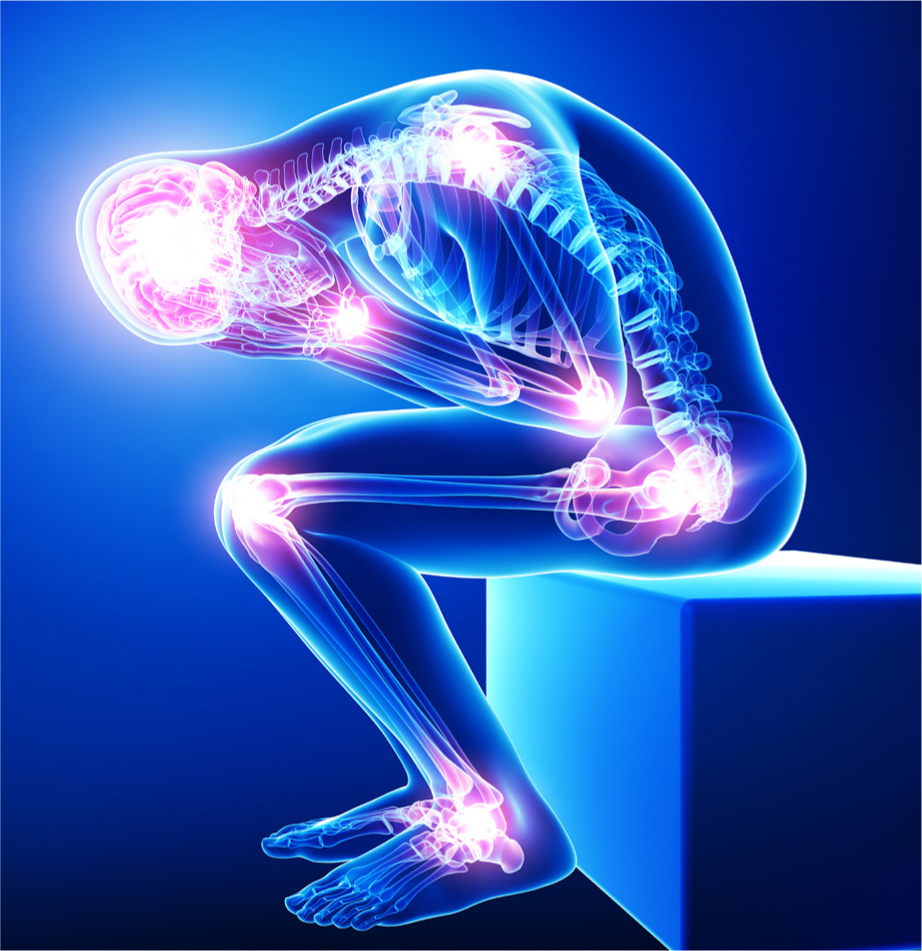Researchers from the UK have identified the steroid, dexamethasone, as the first drug to improve survival rates in patients with COVID-19 (National Institute for Health Research (NIHR), 2020). It has also come to light that COVID-19 occurs at a higher frequency in people of minority ethnic backgrounds (Public Health England, 2020). All ethnic minorities appear to be more likely to need intensive care than their white counterparts, and newer data suggest that Asians are most likely to die from COVID-19 than anyone else; in part, this seems a result of the higher rates of diabetes in this population (Harrison et al, 2020).
Racial disparity
Donna Kinnair, head of the Royal College of Nursing, and herself no stranger to racism as a black woman living in the UK, points out that patients in black and minority communities have the worst outcomes in almost every category, from cardiovascular disease to diabetes (Kale, 2020). She said in a recent interview with The Guardian (2020):
‘There are huge structural issues at work when it comes to how BAME [black, Asian and minority ethnic] communities access healthcare in the UK. In every community we work with, BAME patients suffer the most.’

Research into racial disparities in healthcare has found that minority ethnic groups are systematically under-treated for pain (Hoffman et al, 2016). There have been many more similar studies over the years, and, while most of these are from the US, a lack of research in the UK is not a reflection of absence of this problem—only, perhaps, the need to acknowledge and investigate it further (Cox, 2018).
Unconscious bias
In 1998, a non-profit international collaboration of researchers set up a ‘virtual laboratory’ to collect data about implicit social cognition—those thoughts and feelings outside of our conscious awareness and control. It has been found that about 70% of respondents showed subconscious preferences towards white people, and the same result of 70% was observed where similar tests have been administered to nurses and doctors (Cox, 2018).
Health professionals may hold inaccurate medical beliefs about race, for example, that a black person's skin is thicker than a white person's or that their blood coagulates more quickly (Hoffman et al, 2016). In a survey of 222 white medical students and residents, 50% of them believed that black patients felt less pain than white patients, and required less medication (Hoffman et al, 2016). Evidence also showed that medical providers under a heavy cognitive load make use of mental shortcuts to make rapid decision-making possible, and, while it can be argued that this is necessary, there is a high risk of relying on stereotypes (Kennel 2019).
It is important to highlight that even people who actively support racial equality may still consciously or unconsciously feel uncomfortable in mixed-race situations in a way that impacts behaviour (Bonilla-Silva, 2014; Kennel, 2019).
Looking forward
Drewicki et al (2011) suggested training in the form of empathy-inducing perspective-taking interventions to address the issue of racial disparities in pain treatment. They found that empathy plays a crucial role in pain-treatment disparities as pro-white empathy biases were found to be highly predictive of pro-white pain treatment biases. Equally, then, empathy can be used in the opposite way to induce empathy towards minority groups.
Implicit bias is interwoven throughout our societies, and awareness of this bias is essential in beginning to tackle it. Completion of an implicit bias test followed by relevant training and resources can and should form part of the education and training of all care providers.
Results from RECOVERY (Randomised Evaluation of COVid-19 thERapY), the world's largest randomised controlled clinical trial for a COVID-19 treatment, are extremely encouraging and welcome news. However, we must ensure that every patient who needs this treatment most receives it.
To complete the Harvard Implicit Association Test on any factor, including race and skin tone, visit https://implicit.harvard.edu/implicit/selectatest.html.

